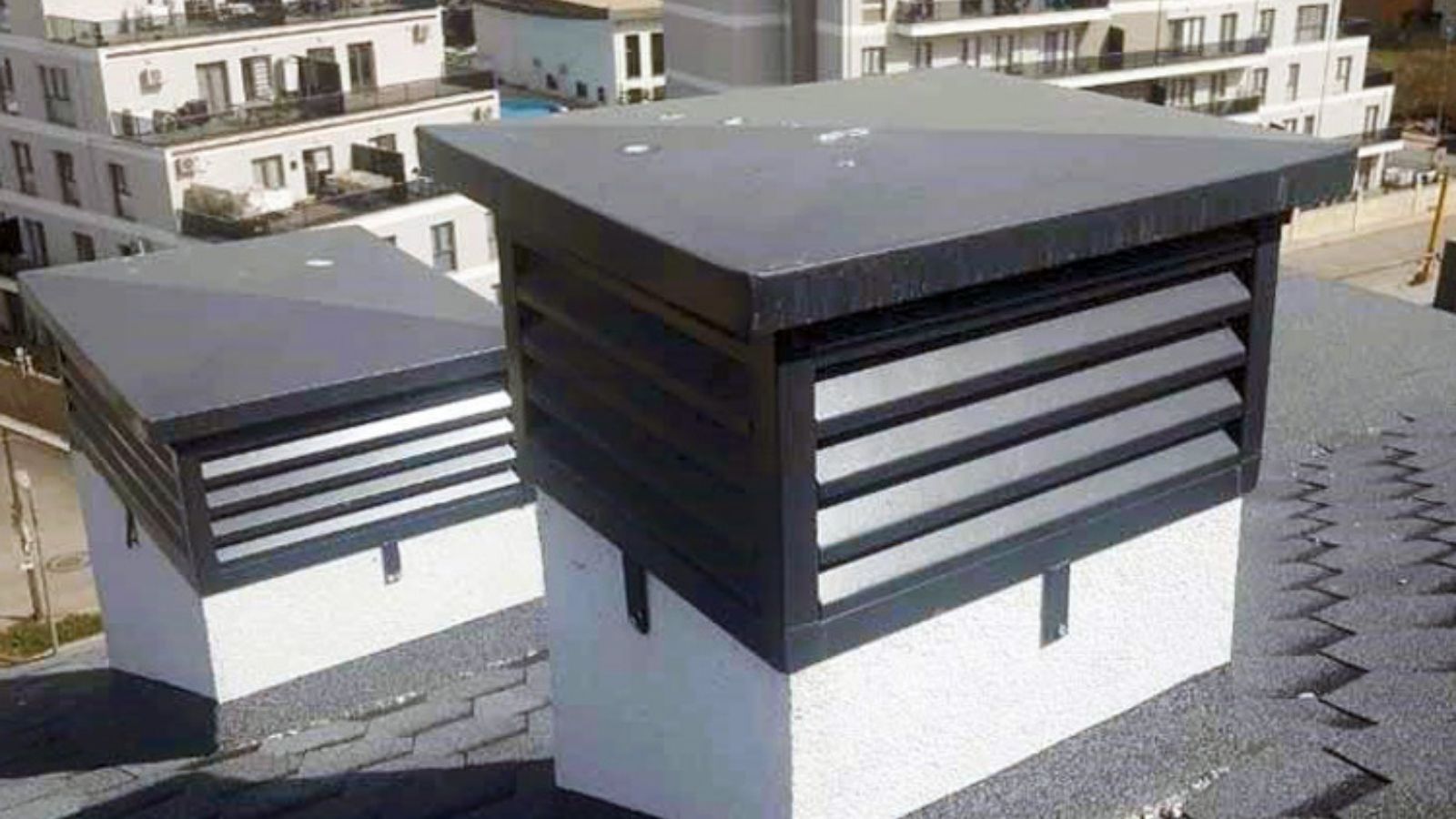

How Do Chimney Cap Models Work and What Are They Used For?
Chimney systems are critical components for the safe and efficient operation of buildings. Chimney Cap Models are designed to enhance the performance of these systems and provide protection against environmental factors.
What Are Chimney Cap Models?
Chimney Cap Models are protective covers placed at the top of chimneys, typically made from durable materials such as stainless steel chimney galvanized steel, or aluminum. These models serve different functions in double-walled chimney and single-walled chimney systems. Their primary purposes are to protect the chimney system from external elements, regulate airflow, and improve combustion efficiency.
Chimney Cap Models prevent rain, snow, wind, birds, and other foreign objects from entering the chimney. Additionally, they support thermal insulation in double-walled chimney systems and optimize chimney draft in single-walled systems. These features extend the lifespan of chimney systems and reduce maintenance costs.
Chimney Cap Models in Double-Walled Chimney Systems
A double-walled chimney consists of an inner and outer pipe with insulation material in between. This system provides high thermal insulation and is commonly used in modern heating systems. Chimney Cap Models serve the following functions in double wall chimney systems:
- Protection: In double-walled chimney systems, chimney caps protect the insulation material from moisture and external factors, ensuring the longevity of the system.
- Draft Regulation: Chimney Cap Models stabilize chimney draft by preventing backdrafts caused by wind, thus improving combustion efficiency in double-walled systems.
- Aesthetics: Since double-walled chimney systems are often used in modern buildings, Chimney Cap Models add an aesthetic appeal.
Chimney Cap Models used in double-walled chimney systems are typically designed as rotating or fixed caps that adjust to wind direction, maximizing the performance of the system.
Chimney Cap Models in Single-Walled Chimney Systems
A single-walled chimney is a simpler system made of a single metal pipe, commonly used in older buildings or for cost-effective solutions. Chimney Cap Models provide the following benefits in single-walled chimney systems:
- Protection Against External Elements: Single-walled chimney systems are more susceptible to moisture and corrosion due to their lack of insulation. Chimney Cap Models protect these systems from rain, snow, and other environmental factors.
- Improved Chimney Draft: In single-walled systems, Chimney Cap Models regulate airflow, enabling more effective expulsion of smoke.
- Easy Installation: Chimney Cap Models designed for single-walled systems are typically lightweight and easy to install.
Chimney caps for single-walled systems stand out for their affordability and simple designs. However, due to the uninsulated nature of single-walled chimneys, careful selection of the cap is essential.
What to Consider When Choosing Chimney Cap Models?
When selecting Chimney Cap Models, it’s important to choose a model compatible with either a double-walled or single-walled chimney system. Here are key factors to consider:
- Material Quality: For both double-walled and single-walled chimney systems, durable materials like stainless steel or galvanized steel should be preferred.
- Chimney Diameter: The cap must be perfectly compatible with the chimney’s diameter. For double-walled systems, the outer pipe diameter is considered, while for single-walled systems, the single pipe diameter is used.
- Wind Conditions: In windy areas, rotating Chimney Cap Models perform better.
- Aesthetics and Functionality: Modern designs are suitable for double-walled chimney systems, while simple and functional models are ideal for single-walled systems.
Chimney Cap Models are essential components for both double-walled and single-walled chimney systems. They support thermal insulation in double-walled systems while providing cost-effective and efficient protection in single-walled systems. Choosing the right Chimney Cap Model enhances the efficiency of your chimney system, reduces maintenance costs, and maximizes safety.














